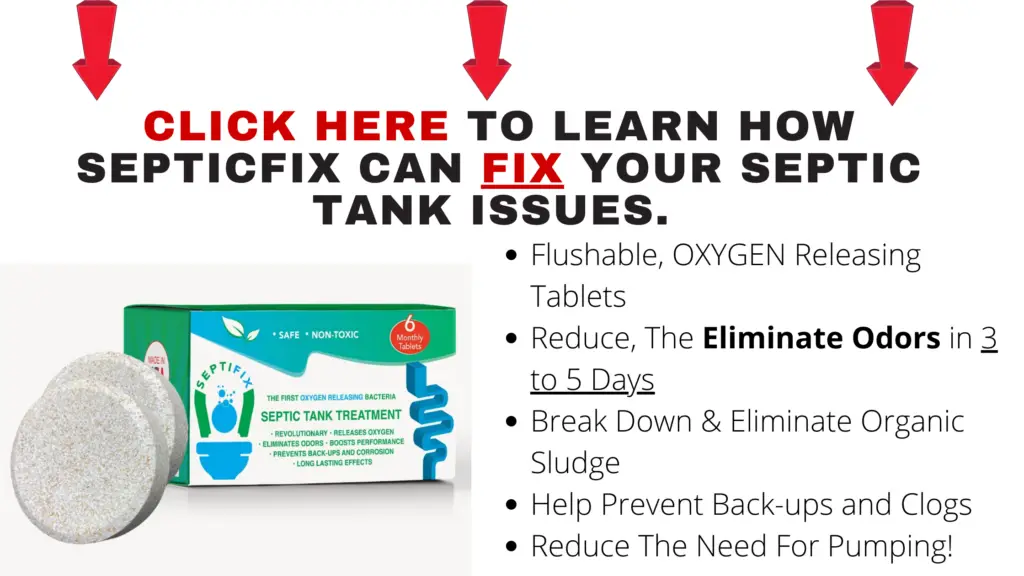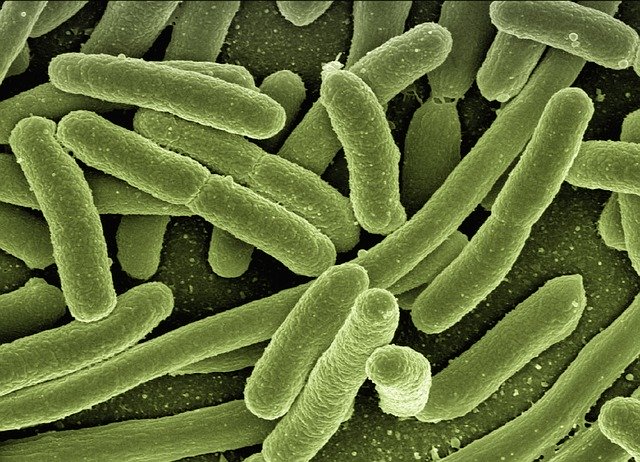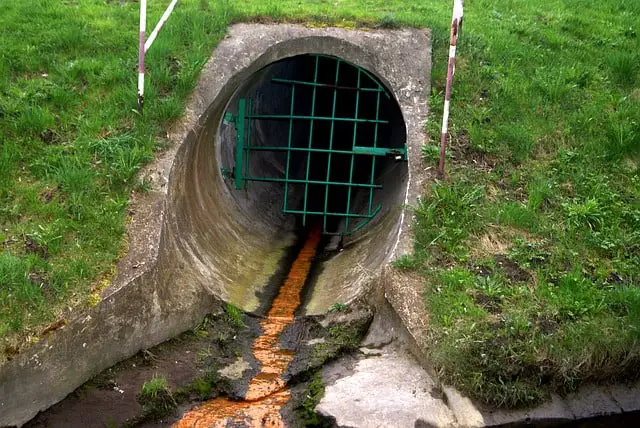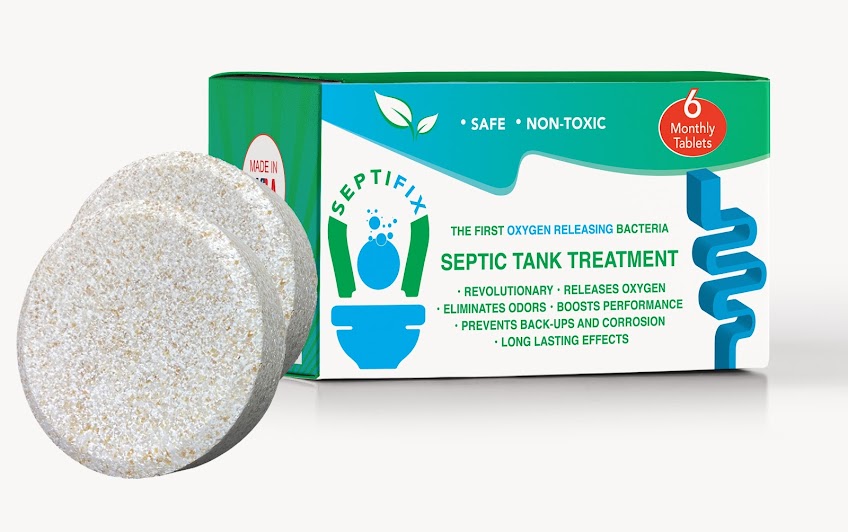How To Increase Bacteria In a Septic Tank?
The septic tank gets its name from its bacterial environment that breaks down solid waste. This bacterial environment develops naturally in a septic tank — but it can always do with a bit of help from you. In this post, we will show you how to ensure optimal bacterial activity in your septic system.
So, how to increase bacteria in the septic tank? Dry active yeast helps increase the production of bacteria in your system, as do rotten tomatoes and septic tank additives.

Continue reading to find out how to use them to boost bacteria production in your septic system. We will also learn why you need to increase bacteria population in the first place, how frequently you should add bacteria, and whether can you add too much bacteria to your septic tank.

What Are The Different Ways To Increase Bacteria In Your Septic Tank?
Active dry yeast, tomatoes, and septic tank additives are all effective ways to up bacteria population in your system tank.
- Yeast
Once a month, flush the contents of ¼ oz packet of active dry yeast down the toilet to boost bacteria and enzyme production naturally. With one three-packet strip of dry yeast costing roughly $1.99, you can take care of your septic tank for less than a dollar a month!
However, don’t go showering too much love on your septic tank. Excessive amounts of yeast, while not harmful to your tank microbiome, may cause a frothing action. The froth releases gas that may prevent solid waste from settling nicely at the bottom of the tank, which, in turn, may increase effluent solids and clogs.
- Tomatoes
What yeast can do rotten or old tomatoes can do just as well! Grab 3-4 rotten or older tomatoes from the vegetable basket and grind them down into the garbage disposal every 4 months. Pushing 3-4 tomatoes down the septic tank every 4 months increases bacteria population and, consequently, helps in the management of solid waste.
- Septic Tank Additives
Septic tank additives help maintain sufficiently high bacterial content of the tank, thus helping your wastewater treatment to do its job properly.
There are over hundreds of different products available, so picking a suitable one shouldn’t be a problem. However, if too many choices overwhelm you, instead of making things easier, you may consider asking your local tank cleaning service for guidance.
That said, remember septic tank additives and natural additives, like yeast and tomatoes, are not a replacement for routine maintenance.
As you may know, solids, oil, and grease are separated from the wastewater in your septic tank, which then flows into the drainfield. It is the job of bacteria — both anaerobic and aerobic bacteria — to decompose organic solid waste.
Liquids that can’t be treated, such as oil and grease, rises to the top of your septic tank, while solids that cannot be decomposed — also known as sludge — settle at the bottom of the tank. Only the liquid between these two layers flow out.
Over time, the level of sludge starts building up. That’s why even a perfectly working septic system requires scheduled cleaning. If you’re wondering how often you should pump your tank, the answer is every three to five years. As a rule of thumb, when the level of sludge and scum combined becomes more than 25% of the operating depth of the tank, it’s time to get it thoroughly cleaned.
Why Do You Need To Add Bacteria To Your Septic Tank?
Bacteria is naturally present in all septic systems, including yours. It comes from all the organic waste, like feces and wastewater, that gets flushed into your tank. However, not all bacteria is “good,” which basically means it cannot perform the job of decomposing solid waste.
Also, a range of human activities can kill good bacteria, so replenishment is needed from time to time. These are two main reasons why it is a good idea to add more bacteria to your septic tank from time to time.
Some of the activities that are harmful for your tank microbiome — and so should be avoided at all costs — are as follows:
- Using Antibacterial Soap: By its nature, this product is meant to eliminate bacteria. But its effect is not limited only to your body — it kills bacteria living in the tank too.
- Flushing Down Medicines: Medicinal drugs, particularly antibiotics, can do much harm to the bacterial population of your tank. These drugs are designed to kill bacteria, whether living inside your body or in your septic tank.
- Bleach: While in moderate amounts bleach is safe for your septic tank, if you overuse it, your septic tank may have to pay a heavy price. Too much bleach disturbs the ecosystem in the tank, reducing its efficiency and increases the risk of clogging.
- Chemical Drain Cleaners: Nothings harms septic tank bacteria more than chemical drain cleaners. According to a study, just about a teaspoon of chemical drain cleaner kills the good bacteria in a septic system.
How Frequently Should You Add Bacteria In Your Septic Tank?
Bacterial population in your tank can use a little help from you from time to time. So, the next obvious question is: How frequently do they need help?
One sure sign of insufficient bacteria in the tank is clogging. Unfortunately, apart from that, there are not many tell-tale signs.
If you suspect your septic tank is not performing as well as it should, request an experienced septic technician to inspect your tank. A thorough inspection shall reveal whether the solid waste is building up unreasonably fast or not. If it is, that could be a sign that bacteria population is insufficient.
Can You Add Too Much Bacteria To Your Tank?
The answer is NO. There’s no such thing as excess bacteria in a septic system, provided the source is an all-natural septic system treatment product. All the same, exceeding the advised dose of septic tank bacteria, while not harmful, is purely unnecessary.
That’s because the recommended dose is sufficient to efficiently break down solid waste, prevent septic tank problems, and eliminate unscheduled septic tank pump-outs. You are not going to gain anything by adding extra bacteria. Moreover, some septic tank additives contain inert ingredients, which may clog your pipes if you use them excessively.
Related Questions To How To Increase Bacteria In Septic Tank
Does vinegar kill septic tank bacteria?
No, it doesn’t kill bacteria in septic tank. Vinegar is a great option to toilet cleaners. While these cleaners kill germs in your bathroom and kitchen, they may also harm septic tank bacteria.
What kills bacteria in a septic tank?
Certain chemical cleaners like WD-40 are bad for your septic tank. Large amounts of bleach, too, is equally harmful. Other antibacterial agents, such as antibacterial soap, can also lead to the death of bacteria in the septic tank.
Have more questions on septic tanks? Don’t worry, we’ve got you covered. Check out our Septic Wiki — a comprehensive knowledge base that answers a wide range of questions on all aspects of septic tank.
And if your septic system requires a cleaning, you can count on our state directory to help you find a suitable professional.
References:
https://www.hunker.com/13429466/how-to-add-good-bacteria-to-a-septic-tank
https://www.houselogic.com/organize-maintain/home-maintenance-tips/caring-for-your-septic-system/
https://draindr.net/septic-tank-faqs/how-increase-bacteria-septic-tank/









